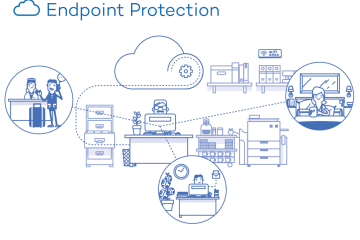Ransomware is a type of malicious software (malware) that encrypts a victim’s files or locks the victim out of their computer or mobile device, making them inaccessible. The attacker then demands payment, usually in the form of cryptocurrency such as Bitcoin, in exchange for the decryption key or access to the device. If the ransom is not paid, the attacker may threaten to delete or publish the victim’s data.
Ransomware can be delivered through a variety of methods, including phishing emails, malvertising (malicious advertisements), or drive-by downloads. Once the ransomware infects a device, it can quickly spread to other devices on the same network.
Ransomware attacks can have devastating consequences, especially for businesses or organizations. They can result in significant financial losses, damage to reputation, and loss of sensitive data. In some cases, victims may have no choice but to pay the ransom to regain access to their files or devices, but paying the ransom is not recommended as it only encourages attackers to continue their illegal activities.
Preventing ransomware attacks requires a combination of proactive measures such as keeping software and operating systems up to date, regularly backing up important data, using strong passwords and two-factor authentication, and training employees to recognize and avoid phishing emails and other social engineering tactics. In case of an attack, it is important to have an incident response plan in place to minimize damage and quickly recover from the attack.


